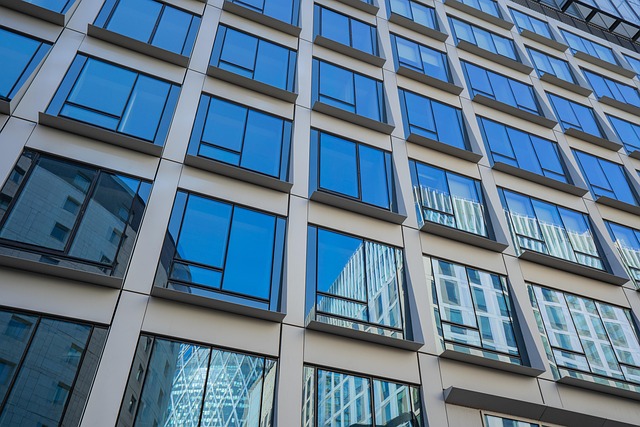In a competitive real estate market, maximizing revenue and occupancy requires strategic property positioning that aligns with target demographics and their unique needs. By understanding market gaps and offering distinctive features like prime locations or eco-friendly amenities, developers can create compelling value propositions. Effective marketing leverages digital tools for virtual tours and highlights modern facilities to drive occupancy rates, ensuring long-term sustainability and increased revenue streams in the digital era.
In today’s competitive real estate market, maximizing building revenue and occupancy is paramount. This comprehensive guide explores proven strategies for success. We delve into strategic property positioning, leveraging market insights and unique offerings to captivate target demographics. Efficient management techniques, including robust leasing, streamlined onboarding, and data-driven analytics, drive increased occupancy. Additionally, we uncover the power of strategic partnerships, value-added services, and community engagement to foster a vibrant environment that attracts and retains tenants.
Strategic Property Positioning for Optimal Market Appeal

In the competitive real estate market, strategic property positioning is key to maximizing revenue and occupancy. Understanding your target demographic and their preferences is essential for optimal market appeal. Conducting thorough market research allows developers and investors to identify gaps in existing offerings and position their properties accordingly. By aligning the property’s unique selling points with the desired needs and desires of potential tenants or buyers, you create a compelling case that stands out from the competition.
Location plays a significant role in real estate success. Positioning a property in areas with high demand, convenient access to amenities, and strong local infrastructure can significantly boost its appeal. Additionally, leveraging digital tools and platforms to showcase the property’s benefits and engage potential customers is crucial for modern real estate marketing strategies. Effective positioning not only attracts tenants or buyers but also ensures long-term sustainability and increased revenue streams.
– Market analysis and understanding target demographics

In the competitive real estate market, maximizing building revenue and occupancy requires a deep understanding of your target demographics. Conducting thorough market analysis is the first step to success. This involves studying local trends, identifying potential residents’ needs, and gauging competition within the area. By knowing your audience—be it young professionals, families, or retirees—you can tailor your property offerings to attract and retain tenants. For instance, amenities that cater to active lifestyles might appeal to younger demographics, while senior citizens may prefer well-designed, accessible living spaces.
Real Estate experts emphasize the importance of aligning building features with the preferences of your target market. This strategic approach ensures higher occupancy rates as potential tenants are more likely to choose a property that meets their specific requirements. Additionally, understanding demographic shifts and emerging trends can help predict future demand, enabling you to make informed decisions regarding pricing, marketing strategies, and the development of unique selling propositions for your real estate assets.
– Identifying unique selling points and differentiating from competitors

In the competitive real estate market, identifying unique selling points is crucial for maximizing building revenue and occupancy. To stand out from competitors, developers and property managers must offer something distinct that appeals to potential tenants or buyers. This could be in the form of innovative design features, eco-friendly amenities, or a location with unparalleled access to key services and transportation hubs. By understanding their target audience’s needs and preferences, they can tailor their offerings accordingly, creating a compelling value proposition.
Differentiation also involves showcasing the building’s potential through effective marketing strategies. Highlighting key advantages such as modern facilities, high-end finishes, or smart home technology will attract attention. Additionally, leveraging digital platforms and social media to share virtual tours and engaging content can reach a wider audience, especially in today’s digital era. These tactics contribute to a successful strategy aimed at driving up occupancy rates and ensuring long-term revenue generation.






